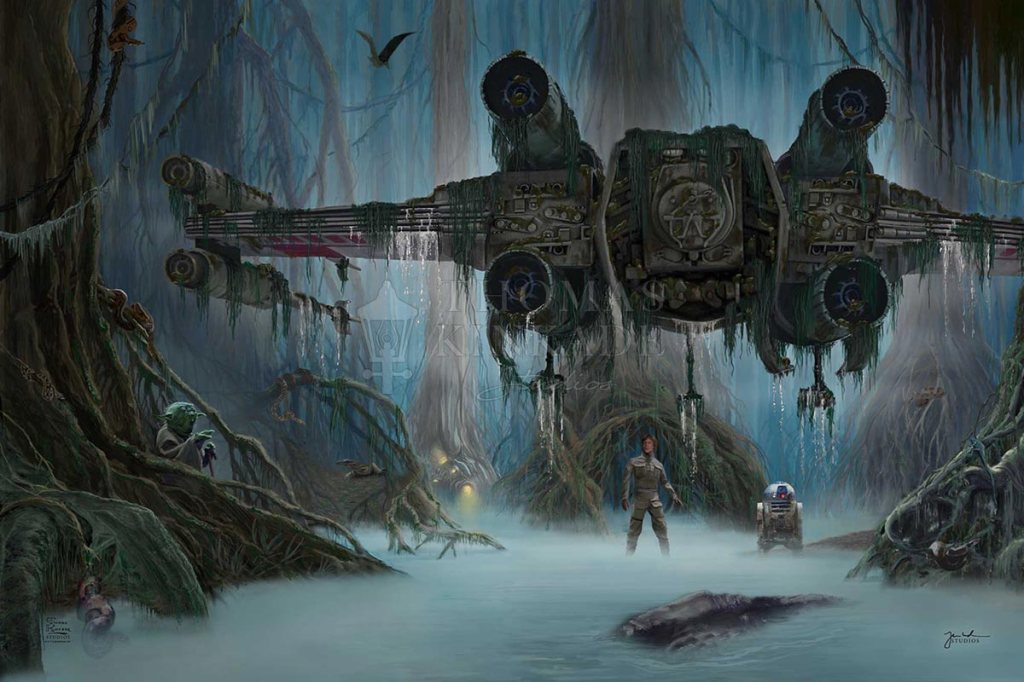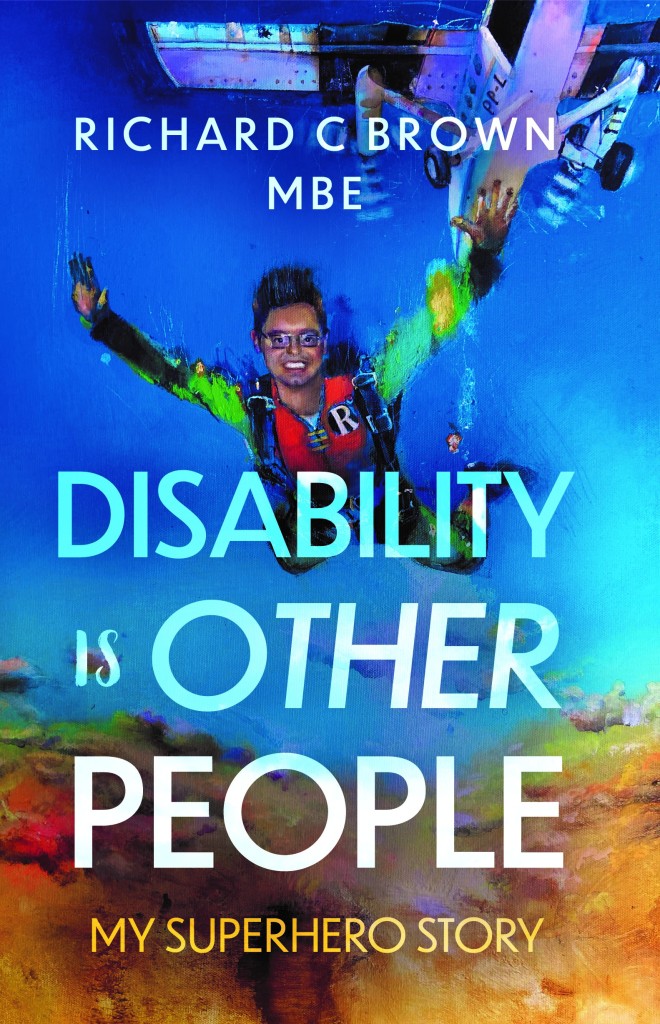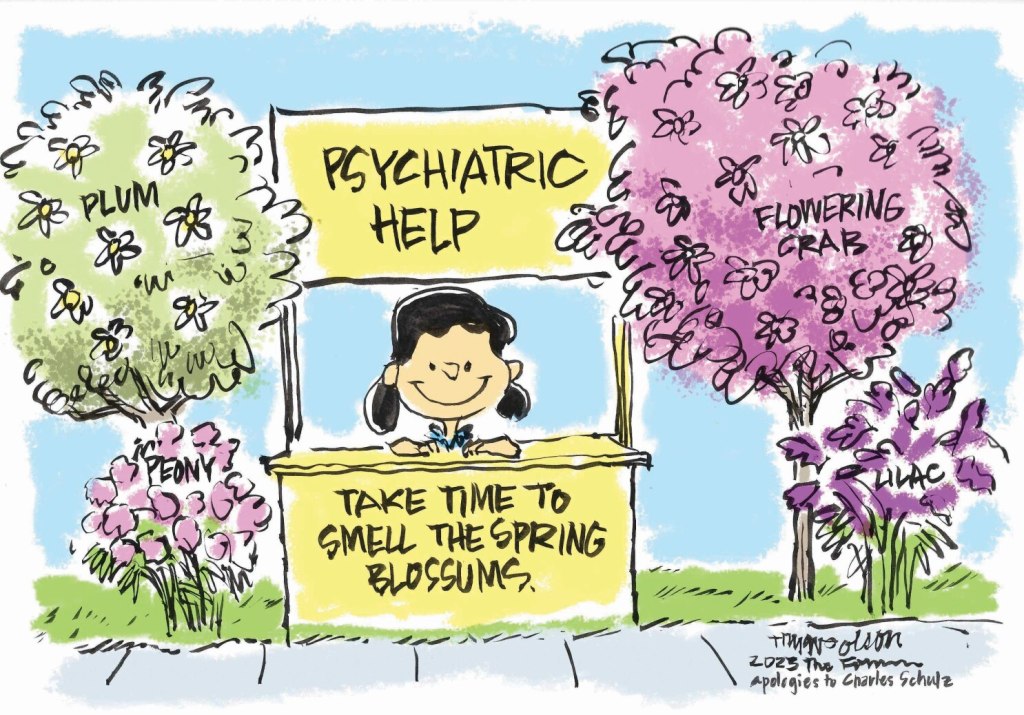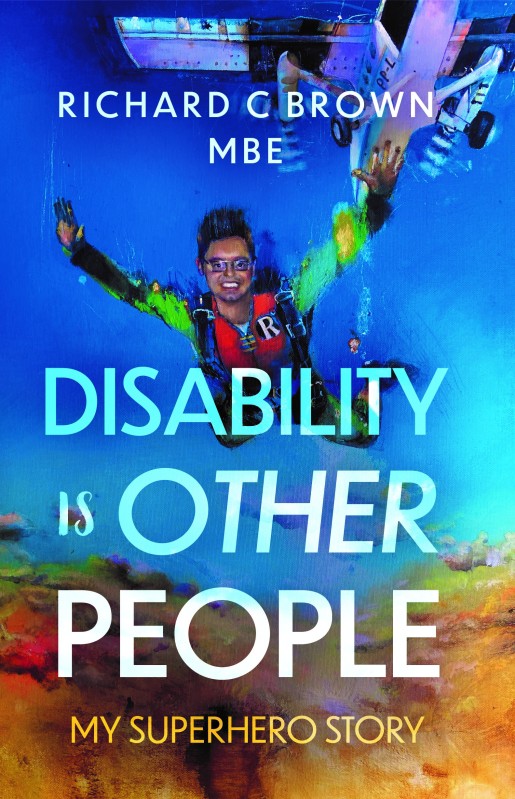This is part 3! Read Part 1 of The Disabled Author here
I thought the process was all but over when I sent my ‘final’ manuscript at the start of 2024. It was only the beginning. There was still the cover and photos to accept and multiple proofs to scrutinise!
I signed my contract with Troubador in the New Year and was introduced to Beth, my Production Coordinator. She got the text set for proofing and I selected my photographs. I found fifteen photographs showing me at key moments from my life and scanned them at home to very high resolution. Once I’d checked that any other people appeared in them were OK with that, they were made into the colour plate section. Easy (I thought).
The first time I saw my book laid out as it would be once printed was a big moment for me. It made it more real and highlighted further changes I would need to make. For the cover, I asked my daughter, Bella, developing into a very talented artist herself, to provide a design. The demands of homework and a busy teenage life got in the way. With the Christmas holidays coming to an end, I asked her what she thought I ought to do. She recommended the work of family member, Valeria Steadman, an illustrator of children’s books. I sent Lera a synopsis of the book and some photos.
I focused on moments in my life when I had dressed as a superhero and done something extraordinary; in 1994, I was depicted, along with other pub locals, in a landscape painting of the Battle of Agincourt. Aged 18, I was shown as a fierce English knight, my long hair escaping from my helmet, Broadsword raised. In 2013 when I completed the Birmingham half Marathon dressed as Robin from Batman and Robin and in 2014, for my tandem skydive.
Lera was drawn to the potential of the skydiving photo and I described that perfect moment when there was no one and nothing around me, my wheelchair was on the ground, and it was just me. I had simply left disability behind. She captured that feeling, added a few touches, and we had a cover. This discussion was so uplifting and renewed my confidence. For the first time, I was talking to another artist about the concept of my book. How it would make people feel.
I was given a publication date (Sunday 28th of July 2024), and an ISBN number, 978-1-80514-449-6. Is it wrong to get excited about a number? I sent a draft to a couple of colleagues from Ataxia UK and to my mum to make sure I hadn’t made too many factual errors or slandered anyone. I was introduced to Jonathan, my Sales and Marketing Coordinator. He would be working to get my book into bookshops.
As it is essentially me understanding and embracing the Social Model of Disability, I only expect my book to be of interest and helpful to other disabled people, especially those with my condition. Ataxia UK have agreed to help me to reach those with ataxia, both in the UK and around the world. I also think it could have a more general appeal for the curious, people coming to terms with a disability or even to students studying social studies. The same with fancy marketing materials. As I had gone down the self-publishing route, I knew I would have to pay to have each book printed and stored and use any royalties to have copies to be printed in future. Making a profit is not my intention, helping people is.

Now the proofreading process began. With each successive proofreading, you focus only on the pages that need corrections. You are polishing; slowly witnessing your carefully laid, underlying structure emerge. Eventually, the entire manuscript should be perfect! I had opted to have the book professionally proofread (a check for grammar and spelling errors) before publication, so while that was taking place, I began to make my own amendments. As I went through the text closely, I could see how Emma (read about her in part 2) had subtly changed my voice, made it a little softer. I added my own changes, but to preserve the mental health of the typesetter, I made sure there was nothing substantial like moving chapters or sections around!
Lera’s first draft of the cover came back. It was exactly what I wanted. I showed it to a dear friend, when he saw it, he grinned, mirroring my grinning face on the cover. That is exactly the reaction I hope to get when readers who don’t know me see the cover.
When the manuscript came back covered in red marks. I felt like a student again! These were proofreading marks, a whole set of special proofreading characters to indicate very precise changes to the text. Many of the errors in punctuation were due to me dictating text without saying the punctuation, but there were plenty changes to grammar and spelling, I was impressed by the attention to detail – I had misspelled the Wexford Gap, (which doesn’t exist), a Fender Squier guitar and the name of Renaissance architect Giuseppe Momo. If you want to know why these things are important to me, you will need to buy your copy of the book! I sent it all back to the typesetter at the end of April.

Now Troubador’s design team had added the title to Lera’s art, there were a wide range of cover enhancements for me to consider. Spot UV (gloss laminate laid over matt laminate to highlight an area of the design or text); embossing; metallic foil blocking (often used for titles); and sprayed page edges – plus many others. I decided that while adding expense, these effects were mainly for books jostling for attention on the shelves of busy bookshops. To be picked up by curious passers by. I decided that I didn’t need these bells and whistles, the vivid artwork and clever title on the cover would make more than enough impact.
Free from the expectations of a publisher, I considered having a book launch at a local independent bookshop. Helen and I had been to and Adam Buxton’s book tour for his Ramble Book (2021). He certainly inspired me to write about my own experiences. In my book, I consider the perils of blindly following your own ego. I thought carefully about what part mine was playing in my idea of holding a book launch; what was I saying by making friends and family schlep all the way over here to support me? I decided not to hold a traditional event. I will appreciate any support, but I don’t need to demand external validation from the people I love. As George Harrison said: ‘You don’t need anybody to tell you who you are or what you are. You are what you are!’
Disability Is Other People: My Superhero Story will be also be released as an Ebook. I was also keen on the idea of an audiobook as another accessible format. I like audiobooks, tending to go for those narrated by the author – this adds an extra dimension. It is great to be read to by Barack Obama, Eric Idle, Sir Patrick Stewart or Mel Brooks while I eat my lunch! I had thought about doing the recording myself, and even looked into having it recorded by Adam Buxton or Matt Berry, (they would be perfect!) but it was all too expensive and something I could come back to later.
Instead, I created an iTunes playlist to go with my book. I had wanted to express how important music is to me and how it links to my memories. Originally, I had begun each of the six parts of the book with a full song lyric, but I soon dropped the idea when it was pointed out that I would need permission for each one. I hope the music gives the reader a similar experience to an audiobook; the opportunity for them to take me with them on their journey!

I had been constantly thinking about (consumed by) my book for over eighteen months. I found some notes I had written on my phone last June when I was reading Victor Frankel’s book, Man’s Search For Meaning and thoughts on wearing a mask from that December. The whole process of writing was hard work, at times lonely, but therapeutic. It felt like I spent a few afternoons in a big armchair revisiting my past. I saw the people that had helped me and what they were trying to tell me. I looked at myself, how I had behaved and reacted, and saw how I could improve. This helped me when I contemplated giving up early on, struggling to find an agent or publisher. Designing the cover with Lera reminded me that my book was also a piece of art in its own right. After all, “Creativity takes courage” according to Henri Matisse. When I hit another unexpected low point of crushing self-doubt during the lengthy proofchecking process, rereading what I had written about never giving up gave me the confidence to keep going. I hope it does for others too.
The second proof came back to me in the middle of May, just in time for me to complete another close reading. I was now down to 22 changes. After a final check, I signed the ‘Text Passed for Press’ form on 17 June, giving my approval to go to print. Altogether, I had reread my book line-by-line 5 times and made over 1000 changes. There had been challenges, triumphs, and plenty of personal growth, but 18 months after starting it and nearly 10 years after my skydive, it was finally ready.
Richard C Brown MBE – June 2024
If you haven’t already, you can preorder your copy of Disability Is Other People: My Superhero Story here.


love this
LikeLike
Thanks 🙂
LikeLike
I hope your book is a success and that it is translated into Spanish
LikeLike
Thanks very much. I was very impressed by your translation of my post about Robin Williams!
LikeLike